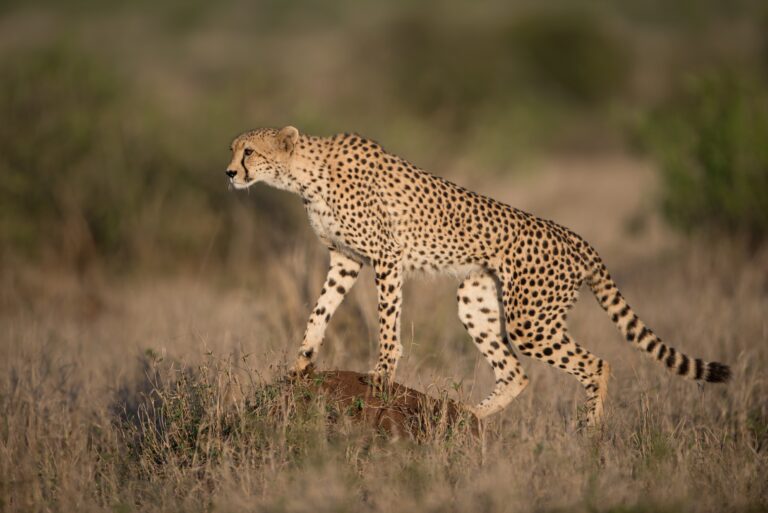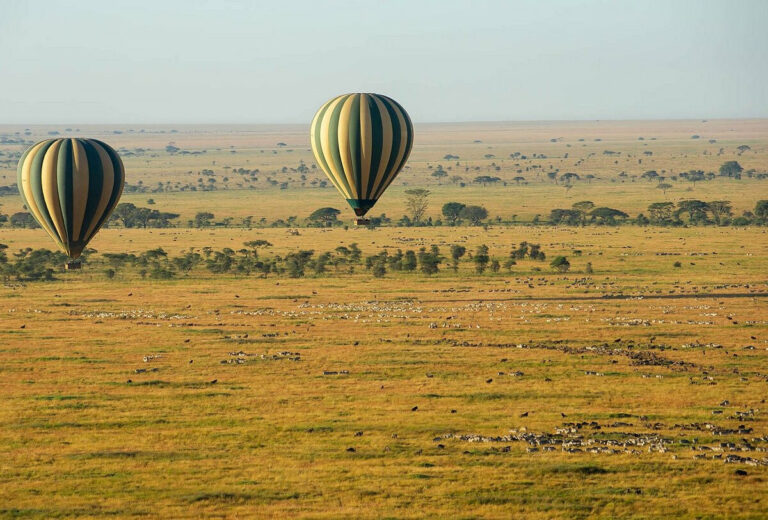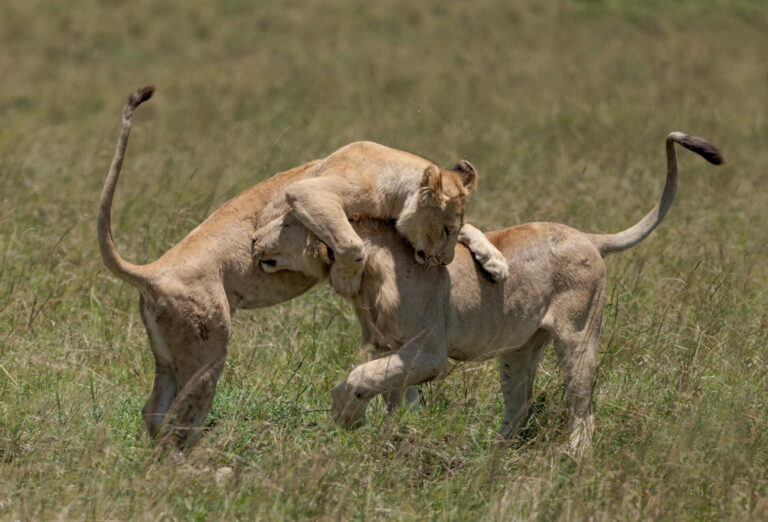Tarangire National Park, located in northern Tanzania, is renowned for its diverse landscapes, large elephant herds, and rich wildlife. It covers approximately 2,850 square kilometers (1,100 square miles) and is the sixth-largest national park in Tanzania. The park is named after the Tarangire River, which serves as a vital water source for animals, especially during the dry season.
Wildlife
Tarangire is home to a vast range of wildlife, including:
•Elephants – One of the highest concentrations in Africa
•Lions – Often seen hunting in the open plains
•Leopards & Cheetahs – Though elusive, they can be spotted
• Buffalos, Giraffes, Zebras, and Wildebeests – Common sightings
•Rare species – Includes the African wild dog, oryx, and gerenuk
•Birdlife – Over 550 bird species, making it a paradise for birdwatchers
Landscape & Vegetation
The park features diverse ecosystems, from savannah grasslands and swamps to acacia woodlands and the famous baobab trees, which are centuries old. These massive trees provide shelter and food for wildlife.
Best Time to Visit
•Dry Season (June – October): Best for wildlife viewing, as animals gather around water sources.
•Wet Season (November – May): Lush landscapes and excellent for birdwatching.
Activities
•Game Drives: Explore the park on a safari vehicle with experienced guides.
•Walking Safaris: Some areas allow guided nature walks.
•Cultural Tours: Visit the nearby Maasai and Barabaig communities.
•Birdwatching: Spot rare and migratory bird species.
Accessibility
•By Road: About 2-3 hours’ drive from Arusha (118 km).
•By Air: Charter flights are available to Kuro Airstrip within the park.
Accommodation
Options range from luxury lodges, tented camps, and budget campsites, offering breathtaking views of the park.
Why Visit Tarangire?
•Less crowded than Serengeti or Ngorongoro
•Stunning landscapes with iconic baobab trees
• Large elephant population and diverse wildlife
• Great for birdwatching and unique safari experiences




© 2025 Crafted by FCN VISUALS